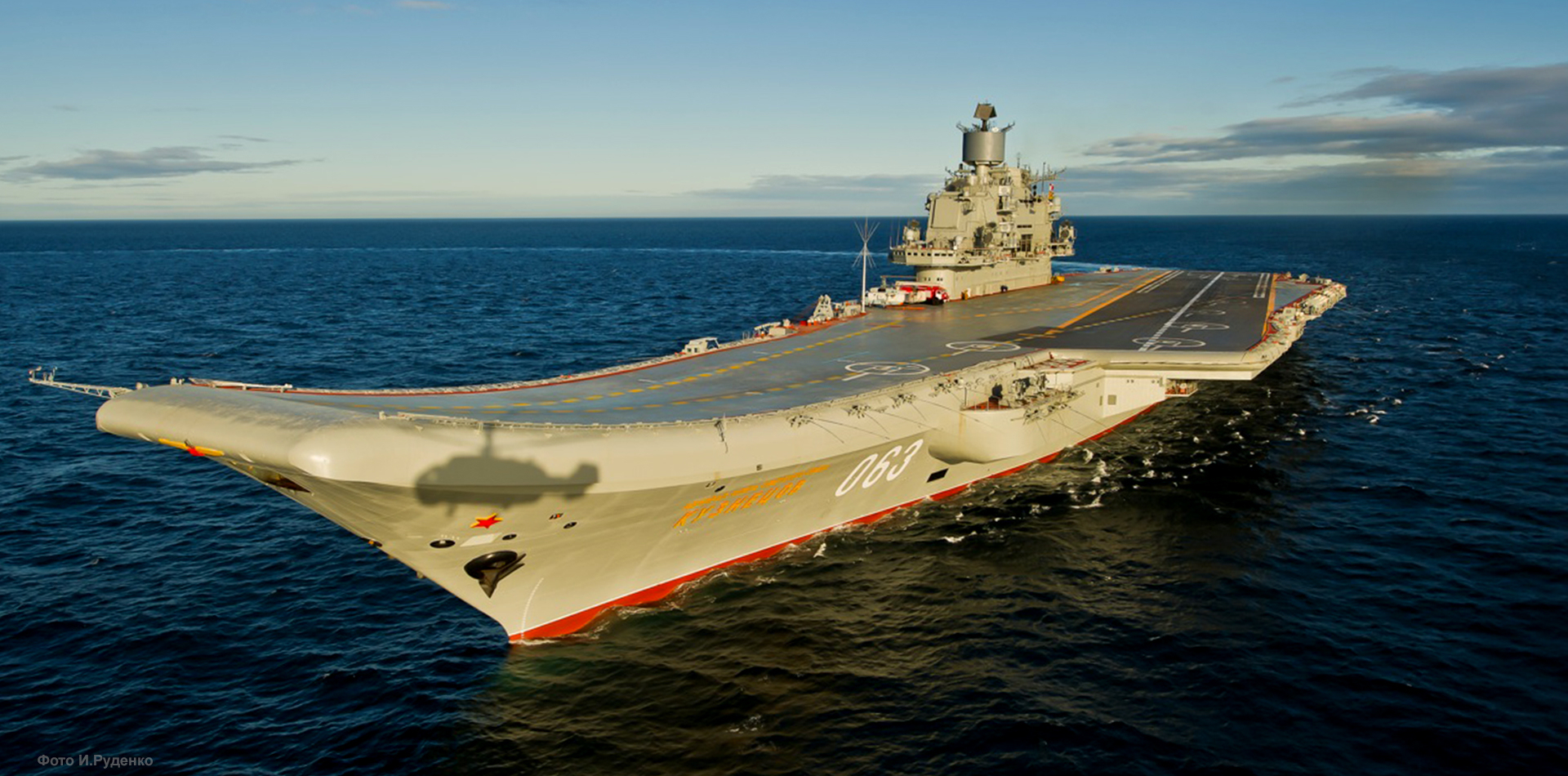
Russia’s sole aircraft carrier, the Admiral Kuznetsov, has become an emblem of the nation’s military setbacks and technological stagnation. The warship has faced a litany of mechanical and structural issues that have thwarted its operational readiness and effectiveness.
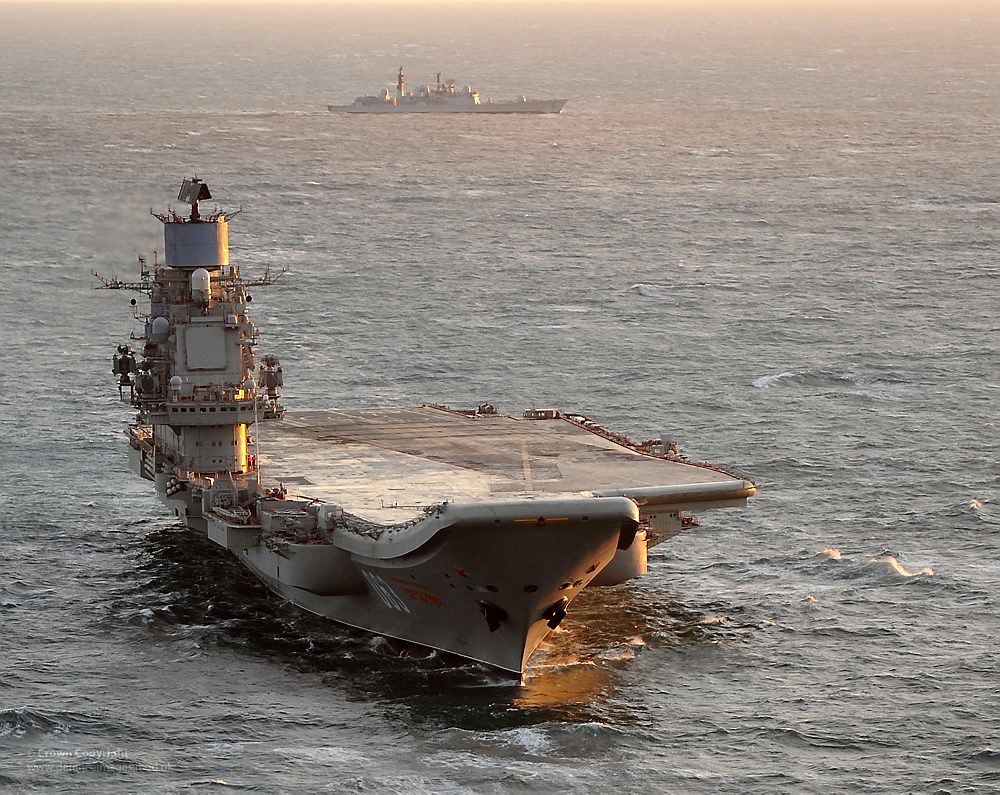
Notable for its absence from the Ukraine conflict, the Kuznetsov is sidelined, plagued by a history of mishaps and outdated technology that starkly contrasts with the prowess of modern military fleets.
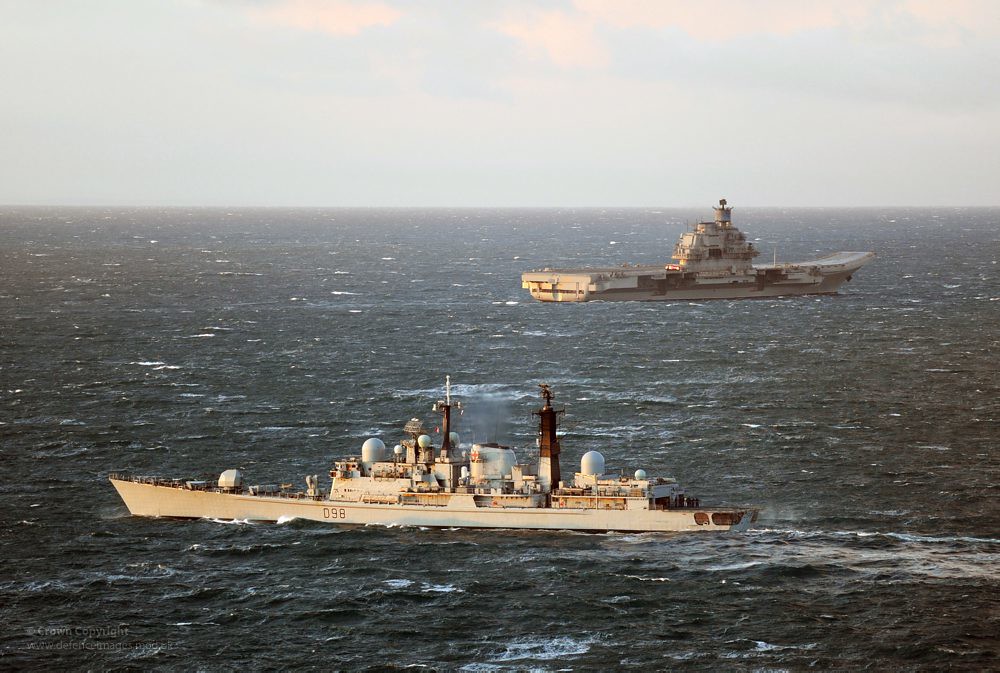
The Admiral Kuznetsov has been burdened with the ignominious reputation of a ship more accustomed to failure than success.
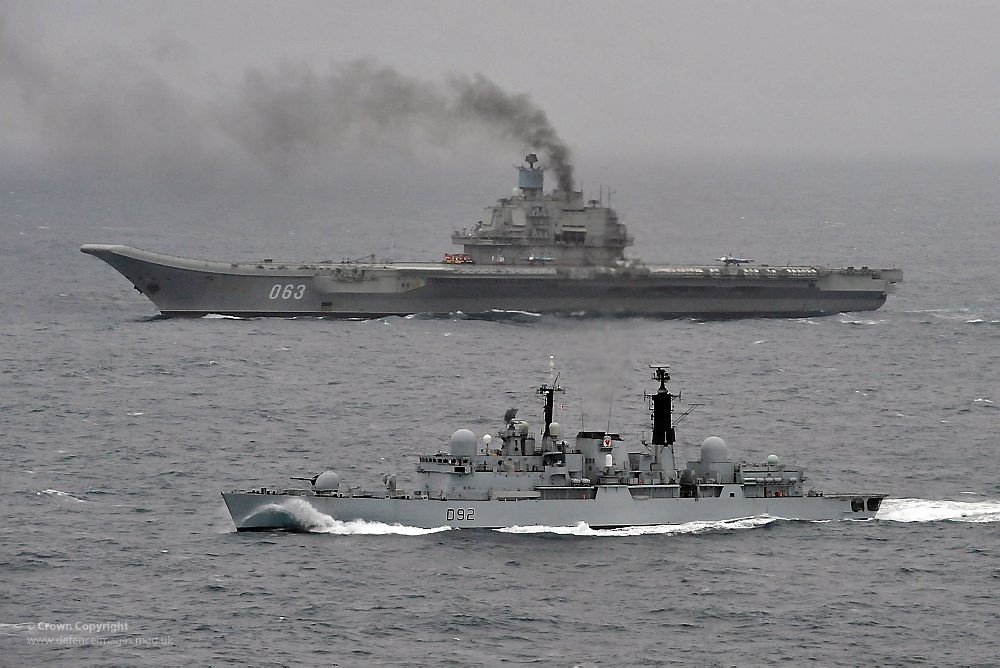
Since its commissioning in the 1980s, the warship has been hobbled by everything from construction defects to severe accidents, including a notorious episode where fires broke out onboard, necessitating the evacuation of nearly 20 people while the ship was under repair in Murmansk.
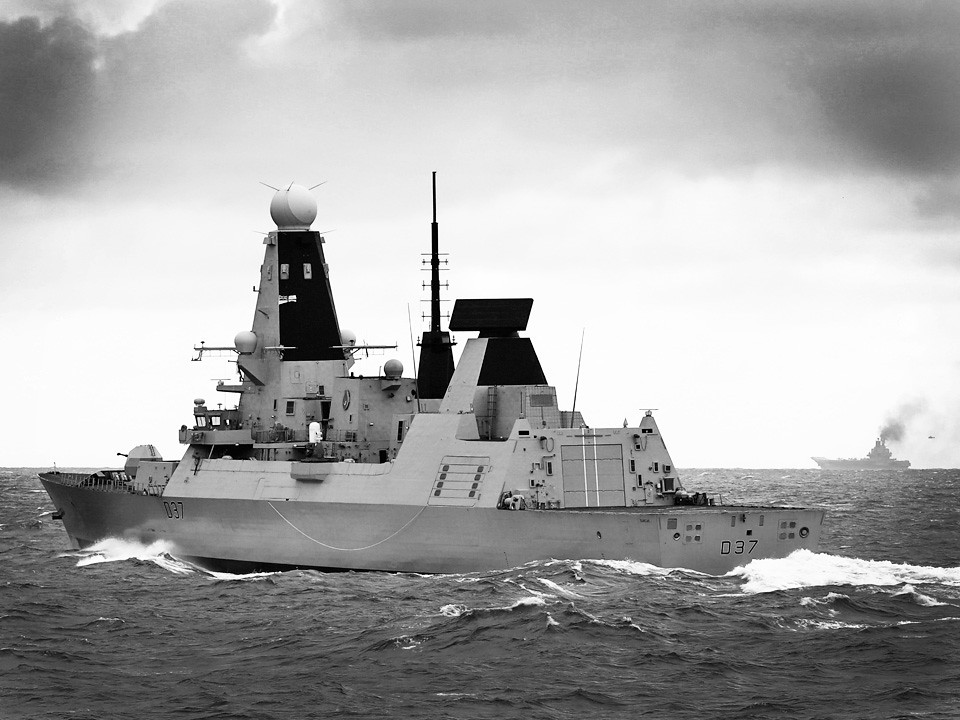
One of the core issues lies in its propulsion system. The Kuznetsov relies on mazut, a heavy, tar-like fuel that is not only environmentally damaging but also leaves the ship trailing a tell-tale plume of black smoke, marking it as an easy target and a relic of outdated naval engineering.
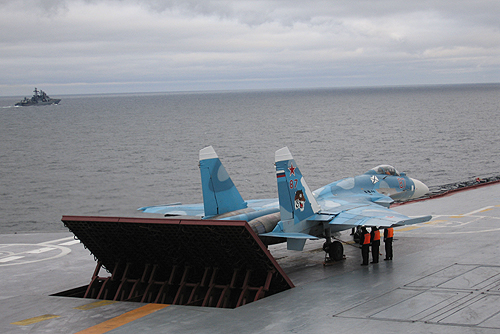
Unlike modern aircraft carriers that benefit from nuclear or gas turbine power, the Kuznetsov’s mazut-burning engines require frequent refueling and are less efficient, compromising the vessel’s endurance and operational range.
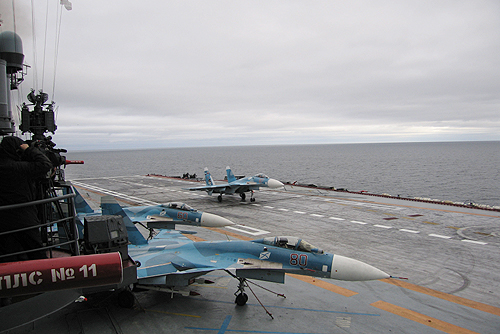
The carrier’s outdated technology extends to its launch system, which consists of a bow ramp instead of the more efficient catapult systems found on U.S. carriers.

This design limitation means that aircraft taking off from the Kuznetsov must carry lighter payloads and less fuel, reducing both their firepower and patrol range. As a result, the warship falls short of its primary function—to project airpower.

Maintenance has been another Achilles’ heel for the Kuznetsov, with low-quality piping and frequent boiler failures impeding the ship’s performance.
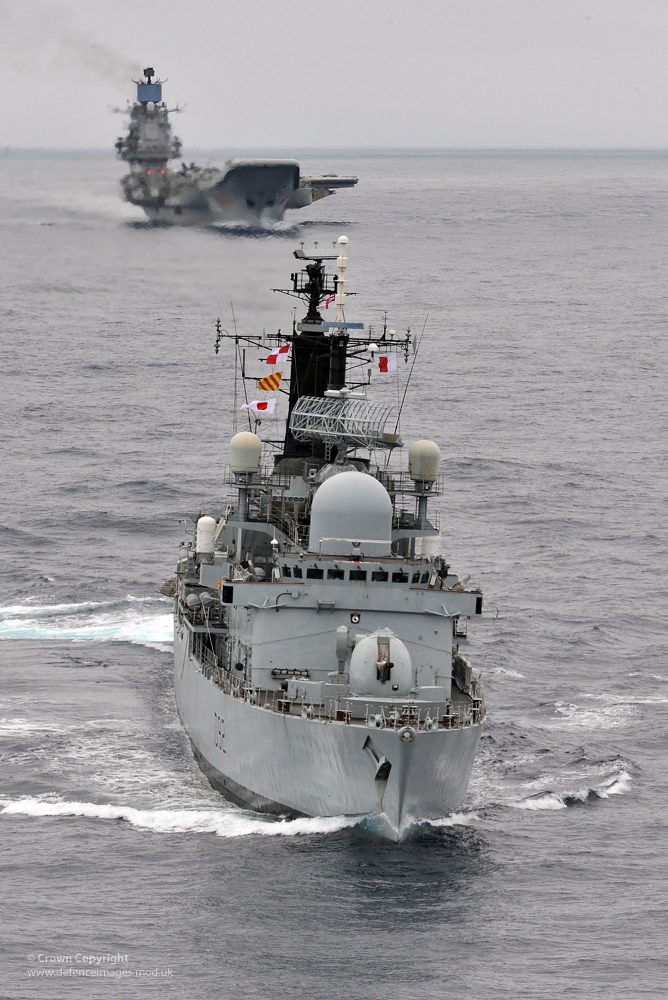
The vessel’s steam turbines are so unreliable that a tugboat escort has become a necessity in case of breakdowns—a striking illustration of the carrier’s compromised capabilities.

The attempt to modernize or replace the Kuznetsov has been thwarted by economic sanctions and manufacturing challenges.

Efforts to develop two Ivan Rogov-class amphibious assault ships, which could function as light carriers, have stumbled amidst Russia’s current economic and political troubles.
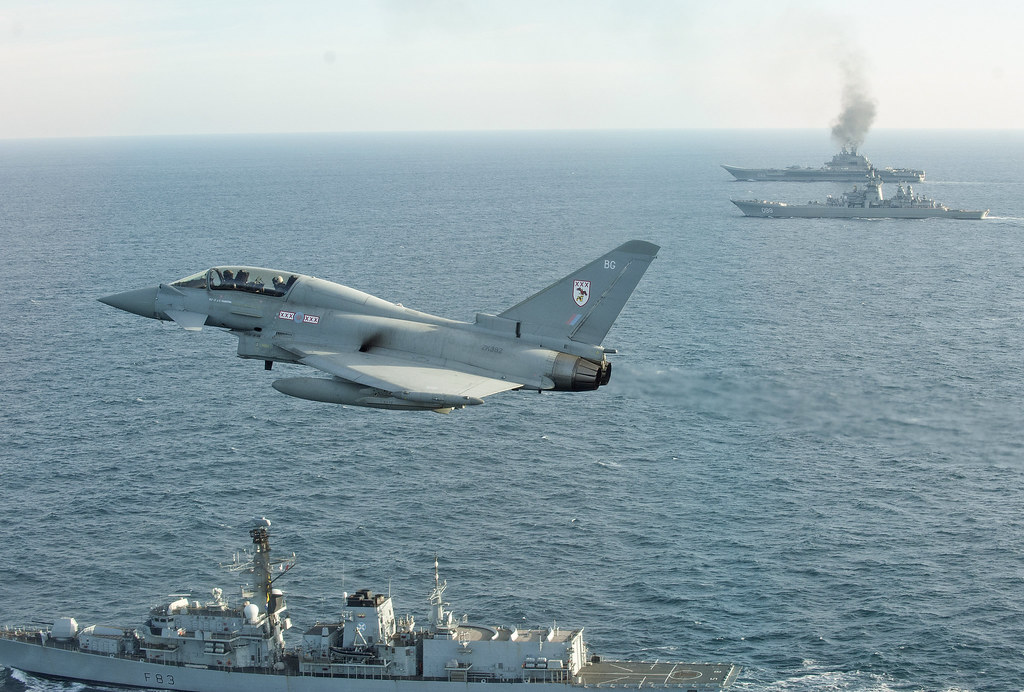
As the Kuznetsov undergoes a long-delayed retrofit, skepticism abounds about its future viability.

Russian state-run news has optimistically stated that “factory sea trials of the aircraft carrier should begin in the spring of 2024,” with hopes of rejoining the fleet by the end of that year or in 2025.
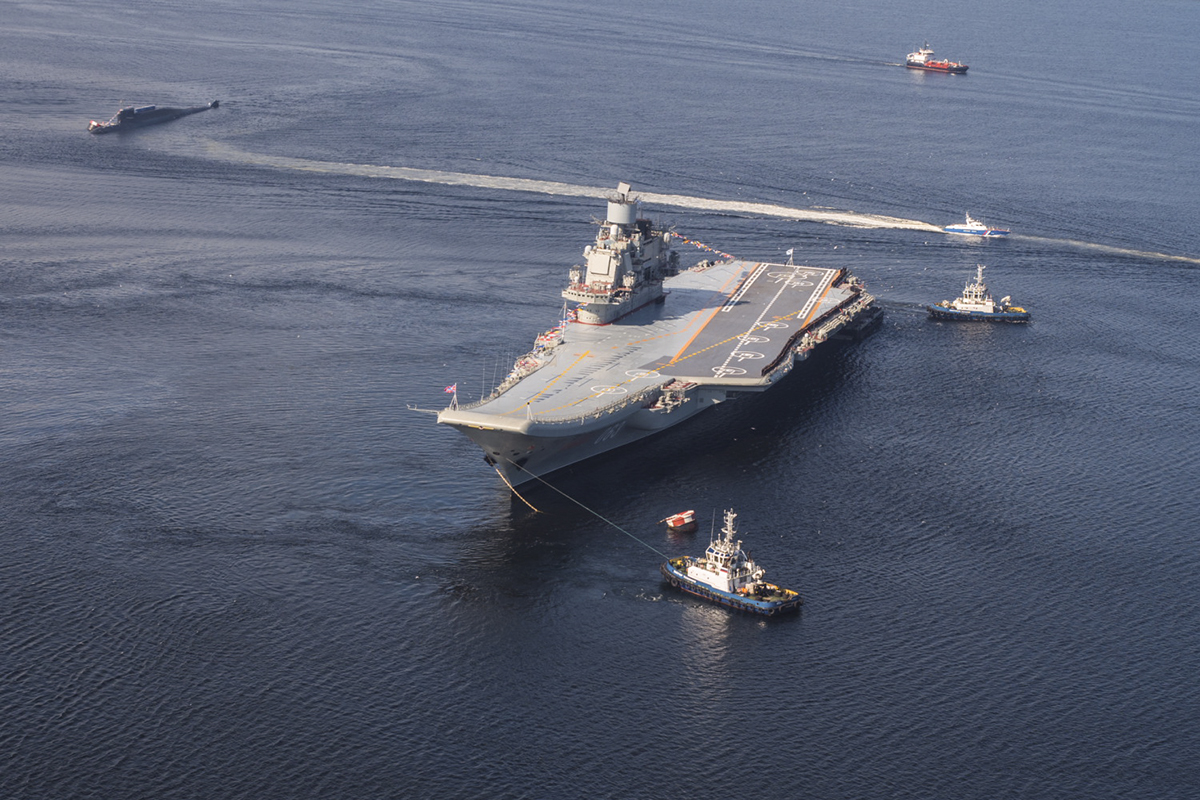
But the shadow cast by Russia’s economic woes and the ship’s checkered past looms large, leading many to question whether the Kuznetsov can ever fulfill its intended role or if it’s destined to remain a stark symbol of a bygone era of Russian naval might.
Relevant articles:
– Russia’s Admiral Kuznetsov Aircraft Carrier Nightmare Is Here To Stay, The National Interest
– Admiral Kuznetsov: 5 Reasons Russia’s Only Aircraft Carrier Might Be Doomed, nationalinterest.org

